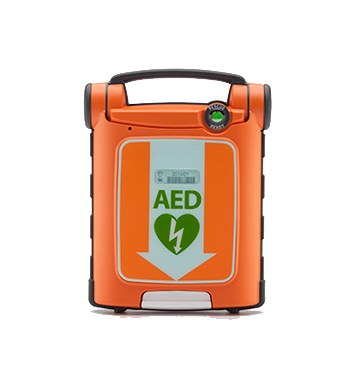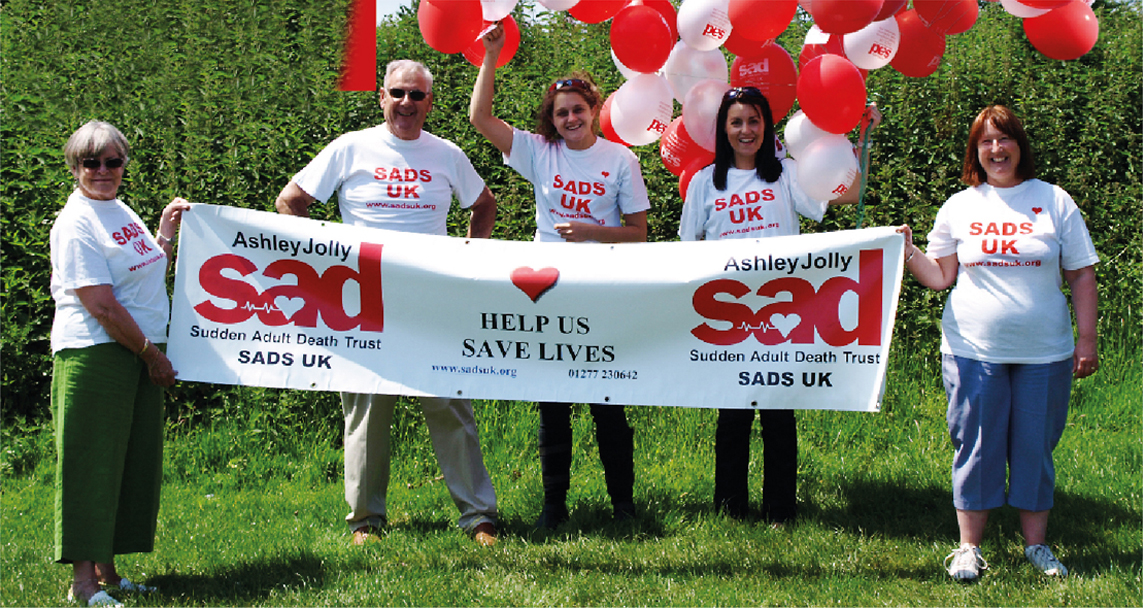Contact SADS UK for details of our SADS memorial candle lighting, Annual Retreat and Stride to STOP SADS
Contact SADS UK for details of our SADS memorial candle lighting, Annual Retreat and Stride to STOP SADS


The defibrillator restarts the heart if sudden cardiac arrest occurs, sustaining life until the ambulance arrives to take over and carry out more advanced treatment as necessary. The automated defibrillator is portable and easy to use. The device measures the heartbeat via sticky pads (electrodes) that attach to the chest and will deliver a therapeutic shock only if it’s needed. The defibrillator is completely safe to use and in the case of a cardiac arrest emergency anyone can use the Automated External Defibrillator. The AED guides the rescuer giving clear voice prompts and easy to follow instructions. The call handler will stay on the ’phone with the rescuer to assist them through the resuscitation process.
It is very important to call for an ambulance if a person suffers a sudden cardiac arrest. Whilst the ambulance is racing to the cardiac arrest emergency, personnel currently on scene carrying out immediate CPR and administering defibrillation greatly improves the chances of survival. For every minute that passes without defibrillation the chance of survival diminishes by 10%.



Ambulatory monitoring (Holter monitoring and event recorders) is carried out to record a patient's ECG for a prolonged period of time, on an outpatient basis. The purpose of ambulatory monitoring is to look for evidence of transient cardiac problems – that is, problems that come and go, and that are not apparent when a standard resting ECG is performed. Ambulatory monitoring is particularly useful in diagnosing heart arrhythmias, and cardiac ischemia.
An ultrasound of the chest, shows detailed images of the heart's structure and function. An echocardiogram, often referred to as a cardiac echo or simply an echo, is a sonogram of the heart. Echocardiography uses standard two-dimensional, three-dimensional, and Doppler ultrasound to create images of the heart. A contrast echocardiogram is a specific type ofechocardiogram which uses a special dye that is injected into one of the veins in your arms. The dye helps us to see your heart more clearly.
Just enter your details below

Thank you for considering donation to SADS UK.
There are several methods by which we can accept donations.
FIND OUT MORE HERE